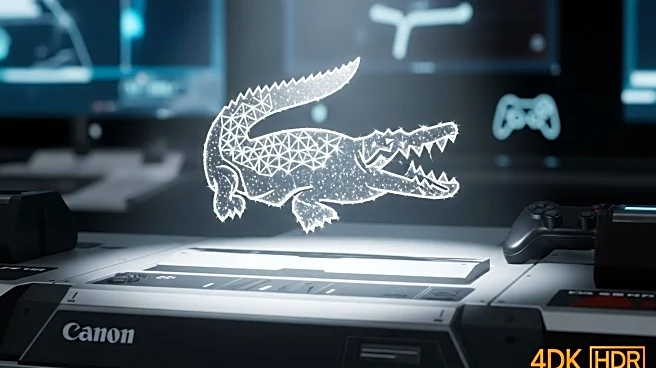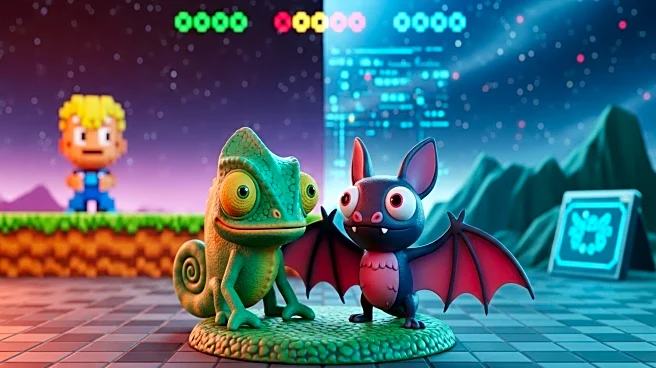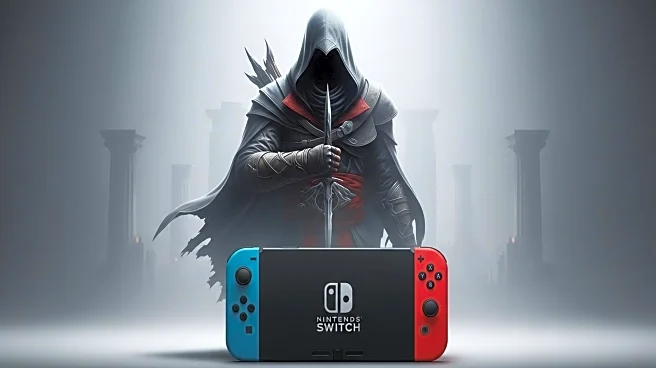What's Happening?
Game Science, the developer behind the action game Black Myth: Wukong, has released a significant patch aimed at improving the game's performance on the PlayStation 5. The update, which is notably large at 93.5GB, includes several enhancements such as adjusting the Performance Mode to 60Hz, reducing input latency, and achieving higher resolution. Additionally, the patch improves loading speeds and texture clarity. The original Performance Mode has been renamed 'Performance Mode (Legacy)' to differentiate it from the updated version. The patch is expected to roll out gradually throughout the day, and players are advised to ensure sufficient storage space to accommodate the update.
Why It's Important?
The release of this patch is crucial for players who have experienced performance issues with Black Myth: Wukong on the PS5. By addressing these technical challenges, Game Science aims to enhance the gaming experience, potentially increasing player satisfaction and engagement. The improvements could also influence the game's reputation and sales, as smoother performance may attract new players and retain existing ones. This update reflects the ongoing commitment of developers to optimize their games post-launch, which is increasingly important in the competitive gaming industry.
What's Next?
Players are encouraged to prepare for the update by clearing storage space on their PS5 consoles. As the patch rolls out, feedback from the gaming community will likely emerge, providing insights into the effectiveness of the improvements. Game Science may continue to monitor player responses and performance metrics, potentially leading to further updates or patches. The gaming industry will be watching closely to see how these changes impact the game's popularity and sales figures.
Beyond the Headlines
This development highlights the growing trend of substantial post-launch updates in the gaming industry, where developers are increasingly relying on patches to address performance issues and enhance gameplay. It underscores the importance of digital storage management for gamers, as large updates become more common. Additionally, it reflects the technical challenges developers face in optimizing games for next-generation consoles like the PS5.











